Openreach has reached the midpoint in its 12-year net zero transition timetable with around 4,200 of its light commercial vehicle now fully electric, rising to 7,000 by the end of the 2025/26 financial year.
While 7,000 represents just under 30% of the 25,000-strong van fleet, the BT subsidiary, which manages the copper wires and fibre cables that connect homes and businesses to phone and broadband, has another six years to meet its completion date of March 2031, which it set in consultation with the Science-Based Targets Initiative.
A journey which started six years ago in 2019 with the “lowest hanging fruit” is now moving into the more challenging phase by tackling the harder elements of the fleet, according to Openreach head of sustainability Abby Chicken (pictured below). Although, she notes, the range of most electric vans does meet the needs of an operation which typically averages 60 miles per day.
The profile of the fleet consists of 544 car-derived vans, 1,219 small, 8,702 medium, 10,499 large and 353 4x4s. The balance are specialist vehicles. It's the latter and the 4x4s which present the greatest challenge.
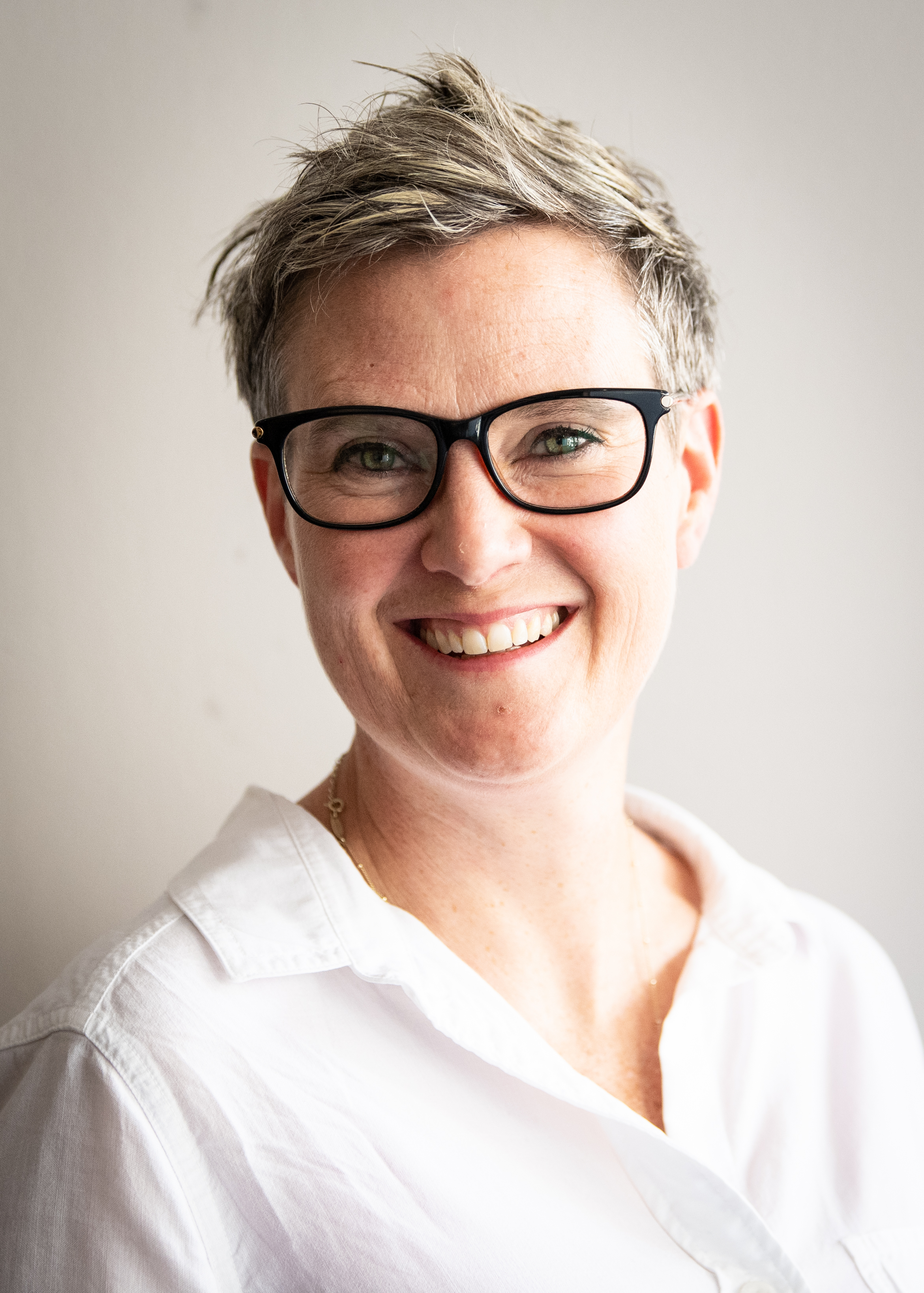
Chicken, who joined Openreach three years ago with a background in sustainability from the retail sector – she describes the principles as “largely the same regardless of what material you're talking about. It's a case of where's your biggest impact, how do you reduce it, how do you engage your all your stakeholders?” – is now tasked with achieving the transition targets, no cakewalk on the UK’s largest racked van fleet.
“We started with the lowest hanging fruit, people who are doing the lowest mileage, because the technology at the time didn’t have the range for the weights that we’re carrying,” she said.
“Actually, the easiest is people who say, ‘I really want one’ because they are the ones who will make it work.”
Chicken added: “We know that an EV’s range is right for the majority of our operation. So then it becomes a case of do people have access to charging? Can we depend on that without impacting the operation on a day-to-day basis?”
For employees with a driveway, Openreach pays for the cost of installing a home charge point. This is expected to account for approx. 30% of the fleet.
“We’re at that tipping point now where we’re looking at the slightly harder to convert people who don’t have driveways,” Chicken said.
A small number will be able to charge at BT exchange buildings, but most will be reliant on alternative solutions.
Shared charging solutions
Openreach’s preferred option is shared charging. It already has an agreement with First Bus to use its rapid chargers at four depots: Aberdeen, two in Glasgow and Leicester.
As part of the initiative, First Bus provides 24-hour CCTV operation, site access via ID card and a depot charging card that allows drivers to use the chargers in a specific B2B area, generally between 7.30am-5pm while the buses are out on route. There is no requirement to book chargers as the sites have a section for fleet charging that does not impact on First Bus's operations. Drivers also get access to catering and rest facilities, and Openreach receives tailored billing and financial reporting.
Public charging is very much the last option, due to the impact on downtime and the “prohibitively expensive” cost.
Meanwhile, concerns about reliability is one of the reasons why rural locations are later in Openreach’s transition schedule.
“One of the challenges we face is you might know where the charging is, but you don’t know necessarily if it’s in operation. If it’s out of order because the card reader’s broken, then what?” Chicken said.
“In busy urban centres you’ll find another one somewhere quite close by. But if you’re in the middle of somewhere very rural, that might be the closest one for quite a long way.”
The transition target is made slightly less daunting by the fact the van fleet, which peaked in 2022 at around 33,000 vehicles, will continue to shrink as Openreach’s work profile evolves from fitting fibre cables to servicing clients.
“We are tackling it in two ways. One is increasing the number of EVs in the fleet, but the other is reducing the size of the fleet,” Chicken said. “We'll meet somewhere in the middle. It’s a bell curve rather than a line.”
Nevertheless, there are pockets of the fleet, namely engineers who are on call, which are unlikely to make the switch until range and charging times improve.
Battery advancements
Chicken is optimistic this will happen in time to achieve her targets, pointing to the rapid advancements seen in electric trucks which appear to be pushing hydrogen into the shadows.
“I have been really impressed by the emergence of battery electric solutions for HGVs,” she said. “There was a point not that long ago where we thought hydrogen was going to be the solution for the really heavy stuff.
“But we’re talking to people who are saying the emergence of battery technologies mean that that will probably be the solution rather than hydrogen.”
Openreach does have a hydrogen Toyota van on trial in Birmingham which operationally offers advantages over electric, particularly the rapid fuelling, which is line with diesel, and the longer range.
However, the lack of a national fuelling infrastructure is one major drawback, while Chicken also has sustainability concerns over the availability of green hydrogen.
“It’s not scaled to a point where we can seriously consider it,” she added.
Utilising the plug-in van grant
Openreach has been pacing its transition to fully exploit the plug-in van grant (PiVG) subsidy, which is limited to 1,500 grants per company per year.
“We've been maxing that year after year and that will get us quite close. There will be some years where we will need to go slightly harder,” Chicken said. “The aim was to tick through up until we hit something like price parity and then it doesn’t really matter if you've got the van grant because they cost the same as the diesels.”
Parity is unlikely for a couple more years, though, and hasn’t been helped by Government changes to vehicle excise duty and the inclusion of EVs in the London ULEZ.
Total cost of ownership has been further impacted by the fall in residual values over the past 18 months, although they appear to have stabilised.
But the service, maintenance and repair costs are lower, with less downtime, while home charging means the fuelling costs are similar.
With six years to the self-imposed net zero deadline, tracking the PiVG allocation would see Openreach add another 9,000 electric vans, taking it to just over 13,000 from its position today.
The final couple of years, with anticipated price parity, would require a heftier conversion rate to see it through, likely to around 20,000 vehicles with the planned reductions in fleet size.
What Openreach is determined not to do – and Chicken advises other fleets to avoid – is following a steep “hockey stick” curve to its transition journey.
“If we said in 2028 ‘we’re going to transition the whole fleet by 2030’ suddenly that becomes an almost impossible mission,” she said. “You’ve got to start early.”
Key factors for EV transition
Among the key considerations driving the schedule are the leasing pattern and change cycles, and the driving and work models, which enabled Openreach to identify the easy wins.
Scrutinising the work patterns has also driven fleet-wide efficiencies regardless of fuel type and has seen Openreach reduce weight in its vans to consume less fuel and electricity.
It also utilises an AI route optimisation tool, designed by its technology team, which recommends the right route and most efficient job order.
Other stakeholders are also contributing to a programme objective described by Chicken as “not simply carrying on with BAU, only in an EV”.
She explained: “It’s an opportunity to do things differently, which is about how we reduce journey distance, journey frequency.”
Stakeholder engagement
This requires bringing together multiple stakeholders to establish the best way to do business. For example, the customer service team launched an app called Contact Engine which sends reminders to the customer about an upcoming appointment. It has reduced the number of failed visits and, therefore, wasted journeys.
Simultaneously, the innovation team has been assessing the toolkit to ensure engineers carry the right tools for each job.
Stakeholder engagement runs much deeper, though, when it comes to embedding a robust and effective sustainability strategy. It requires understanding of the business purpose – in Openreach’s case, it isn’t to save the planet; it’s to install full fibre.
Recognise this, and you can determine the best messaging and methodology to make the business case, Chicken asserts.
“Nobody wants an EV if that's going to challenge their day job,” she said. “So in terms of stakeholder engagement, it is making the business case with finance.”
But it also about recognising that decarbonisation isn’t just about switching everyone to an electric vehicle today.
For those out of scope – engineers on call or those with higher mileages – Openreach has been broadening the relevance to focus on reducing the amount of diesel they are consuming.
“You can still stop idling if you are in customer service or, if you're in HR and you're running an event, you can locate it in a way that encourages people to take public transport or to car share,” Chicken said.
For large corporates such as Openreach and parent BT Group, there is also the question of the Scope 1-3 emissions reporting framework. The fleet comes under Scope 1 but commuting and the use of third party contractors fall under Scope 3.
“Part of the reason that our fleet size is coming down is because we are awarding more work to subcontractors,” Chicken said.
“We have a decarbonization clause in their contracts that asks them to report and reduce the carbon emitted through the life of the contract. It's not just us doing this on our own.”
Openreach is also tackling emissions via employee travel, although mileages have reduced post Covid with the rise in hybrid and home working.
A recent programme introduced by BT called Better Workplace has seen a lot of offices re-sited nearer to public transport routes. For example, its main Birmingham office is now next to a railway station, which offers employees a lower carbon option for travelling to work.
“While it’s not the most material impact, it is quite a visible one,” Chicken said.
“It helps the messages about subcontracted labour on what they’re driving or on supplies of materials about the location that they’re shipping from and whether they’re air freighting or shipping.
“It sets that against a backdrop of reducing our emissions, which is a key part of our strategy.”
Positive driver feedback
One of the biggest facilitators to Openreach’s electrification roadmap has been the positive feedback from drivers; once behind the wheel, they are happy with the experience. It has resulted in a feel-good ripple effect across the business.
“It’s far more influential for an engineer to say, ‘I didn't really want the EV, but I would never go back because it is more convenient, it’s nicer to drive, I've got Apple Carplay, I can heat the cab from my phone in the winter’,” Chicken said. “That gets more people on board than I ever could.”
And while climate change is sometimes less of a influence, air pollution has emerged as a major catalyst among the Openreach employee base.
“We did some focus groups internally a few years ago and one of the biggest motivations was air pollution, especially busy urban centres,” Chicken said. “They are willing to do something to stop that.”



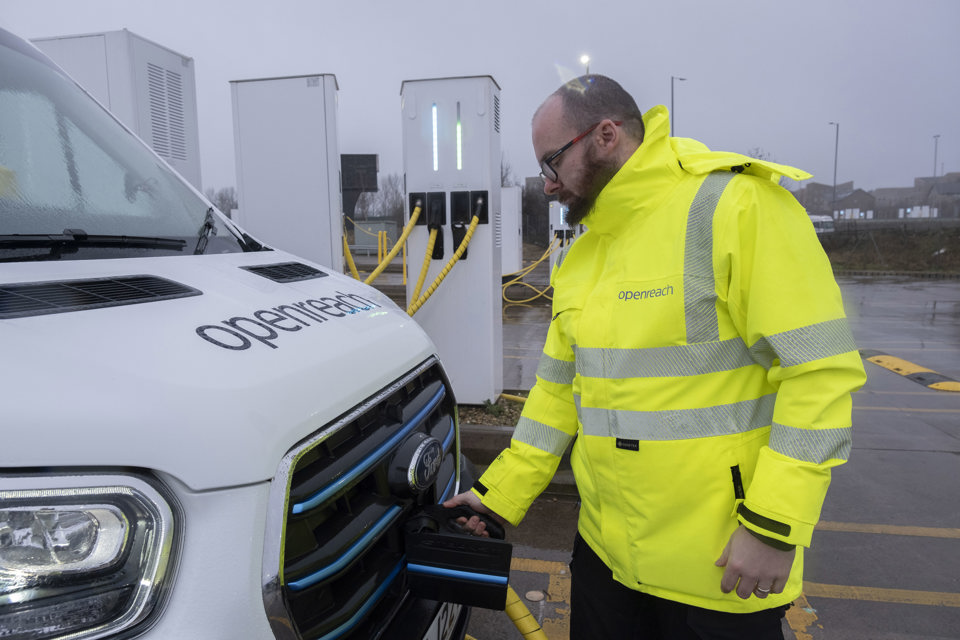
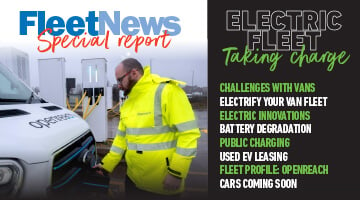



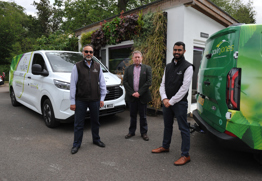

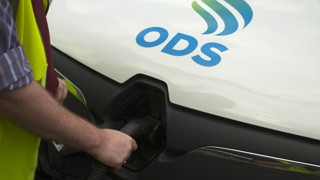
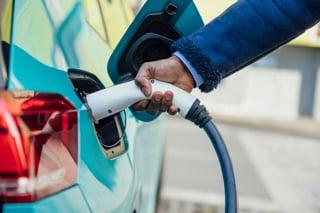
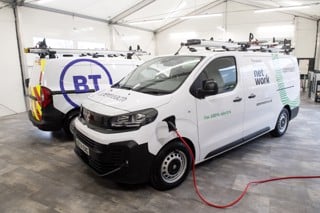

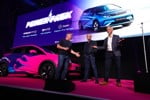
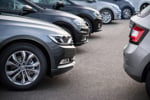
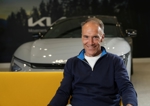
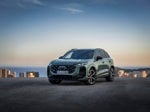


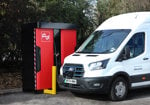
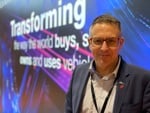
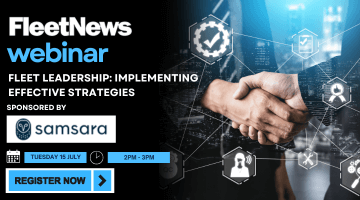
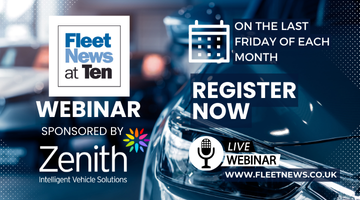
Login to comment
Comments
No comments have been made yet.